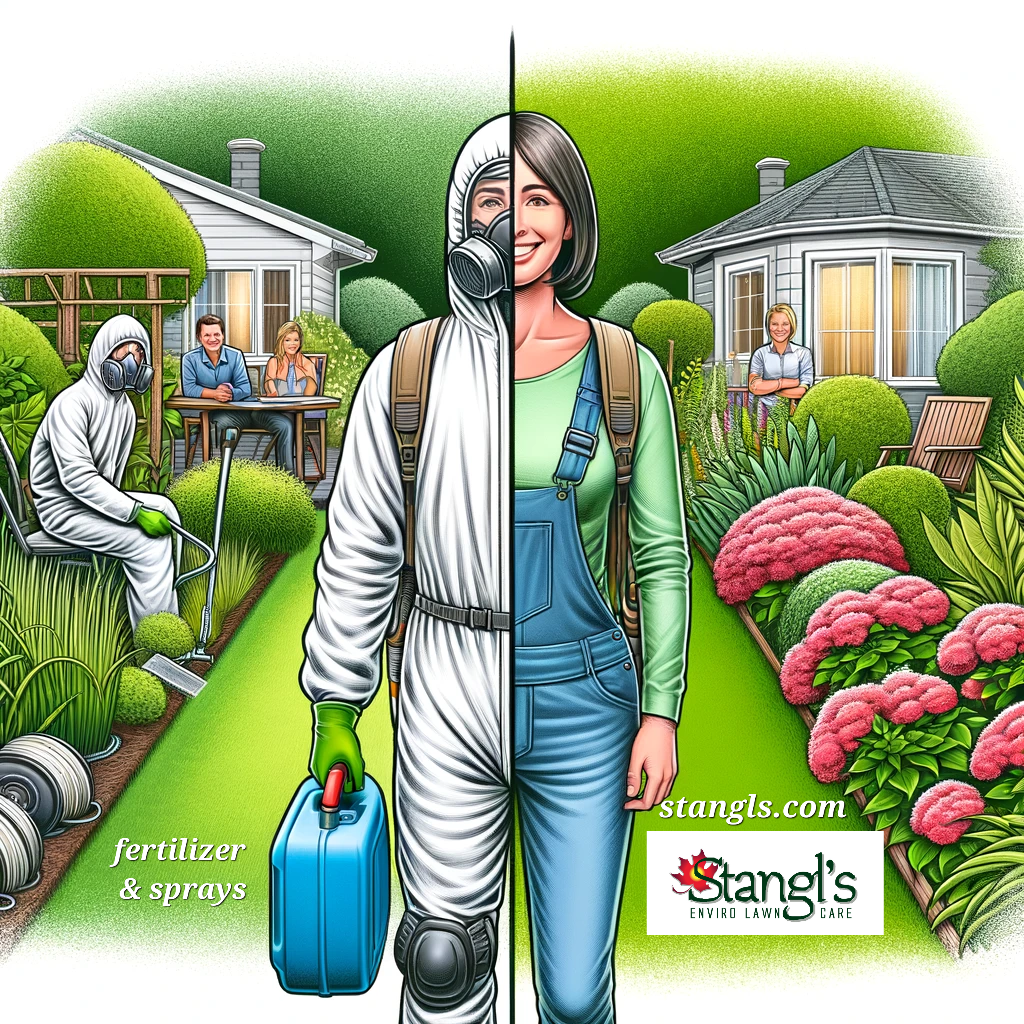Introduction: In a world where quick fixes are often favored over sustainable solutions, both our lawns and our lives are feeling the impact. From the front yard to the farm, the habitual use of pesticides and synthetic fertilizers is not just altering our environment – it’s accumulating in us, potentially contributing to a range of health issues. But what if there’s another way? A path that leads us back to nature, to regeneration, and to real, long-lasting solutions?
The Cumulative Effect of Chemicals:
- Long-Term Impact: The continuous application of chemical products in lawn care and agriculture has a cumulative effect, not just on the soil and ecosystem but also on human health. There’s growing concern about how these substances build up in our bodies, possibly leading to chronic illnesses or cancers.
- Short-Sighted Solutions: Often, we reach for a chemical – be it a pesticide, a weed killer, or a pharmaceutical – as a quick fix. But this approach is like putting a band-aid on a bullet wound. It may cover the problem temporarily, but it doesn’t address the underlying issues.
Understanding the Microbial World:
- Microbes as the Solution: Our soils are alive with countless microorganisms that play a crucial role in nutrient cycling, disease suppression, and overall ecosystem health. By nurturing these microbes, we can cultivate healthier, more resilient soils.
- The Microscope as a Tool: Using a microscope to understand and monitor soil health can be a game-changer. It allows us to see the unseen and appreciate the bustling life beneath our feet, guiding us in our regenerative practices.
Regenerative Practices:
- Building Soil Health: Instead of relying on chemical inputs, regenerative practices focus on building soil health through composting, cover cropping, and promoting biodiversity.
- Sustainable Lawn Care: In the context of lawn care, this means moving away from synthetic fertilizers and embracing organic matter, nurturing the soil, and, in turn, the grass.
The Bigger Picture:
- Environmental Impact: Our choice of lawn and agricultural care has broader implications. Healthy soils sequester more carbon, support biodiversity, and contribute to a healthier planet.
- Human Health: By reducing our reliance on chemicals, we’re not just protecting the environment; we’re also potentially reducing our exposure to harmful substances, leading to better overall health.
Conclusion: It’s time to rethink our approach. Instead of reaching for the chemical bottle, whether in our garden shed or medicine cabinet, let’s look at the root causes. Let’s invest in practices that regenerate and sustain, not just for the immediate, but for the long-term health of our planet and ourselves.
Closing Remarks: I invite you to share your experiences with sustainable and regenerative practices, whether in lawn care, farming, or personal health. Together, we can learn and grow towards a more holistic and healthy way of living.
